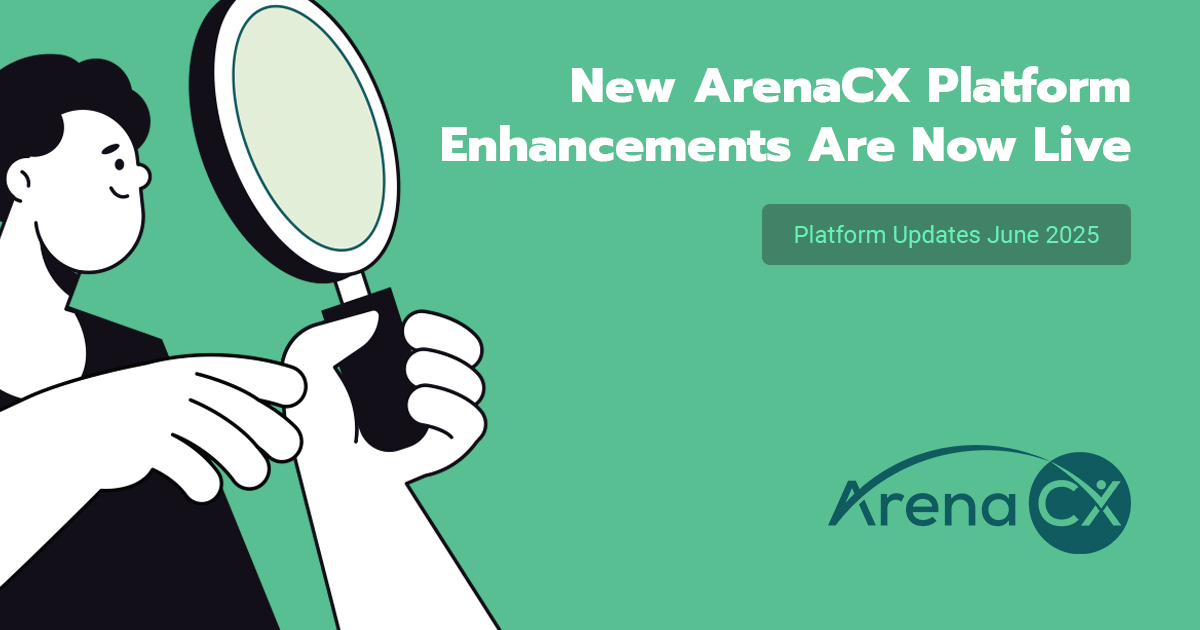As a customer service professional, you’re probably all too familiar with the importance of an accurate demand plan and forecast. We hear this term “forecast” all the time. But what is forecasting and why is it so important?
Customer service demand forecasting is using historical data, among other metrics, to predict how many support interactions your customers will request over a certain period of time.
The forecast is so critical because not only does it give you a strong sense for what to expect, but it helps you ensure you have the right number of agents employed to help handle the incoming tickets.
If a forecast is severely off, or if something unexpected occurs that can’t be planned for, it can have major repercussions on everything from your staff down to your customers.

A poor, or non-existent forecast can cause businesses major frustration in a couple of ways:
- They over-forecast demand and employ too many agents, causing them to lose money that could’ve been redeployed to other customer success efforts.
- They under-forecast demand and don’t have enough agents to get the job done, resulting in employee burnout, customer dissatisfaction, and an overall disruption to a company’s operations as their team scrambles to answer customer inquiries.
So, how can you create an accurate forecast?
There is really no one way to create a forecast and almost anyone who has developed a forecast will admit it is definitely both an art and a science. Despite no one right answer for how to build a forecast, there are a few very common ways that give a strong directional forecast to get you and your business predictions on the right track.
Start with the past
I recommend you begin by pulling historical figures for your department.
I would pull the number of interactions you had for each channel for the last year (if you have that much history). You will also want to pull the number of agents you had working at the end of each month as well.
From there, you should layout the data in a way that makes it easy to see interaction growth on a per channel basis, as well as calculate things like the breakdown of interactions for each channel, and how many interactions your agents handled per month, on average. Download our template to access a pre-populated spreadsheet.
Project forward, beginning at the top
I would encourage you to team up with someone in your finance department for this part – ideally a person in your company who handles your financial model (typically in the Financial Planning & Analysis department).
They will be able to give you both their perspective on which driver is best to model your forecast off of (e.g. revenue, units sold, # of premium customers, # of new customers, etc.), help you pull the historical numbers for this driver, and likely can provide their forecast for this driver.
As a finance leader, I will say that I always appreciate when leaders in other areas of the business bring their knowledge of their operating area to help me improve our company-wide forecast. Your finance team will really appreciate this!
Once you have a good understanding of what the best variable to model your support interactions off of, use your finance team’s forecast for that variable to seed your CS forecast.
There are 2 reasons for this:
- A key component of your finance team’s job is being able to accurately forecast. This is what they are good at so use their projections for those high-level (likely sales-oriented) drivers as the backbone of your CS forecast.
- Your ticket and headcount needs forecast is only valuable to your finance team if they agree with your underlying assumptions. If you have wildly different projections on sales, for example, they will second-guess the rigor you put into your model. I recommend having a monthly sync with them to re-align on their forecast.
With your high-level drivers modeled out, you can then take a look at recent averages like the number of interactions / units sold or interactions/agent. If those numbers are relatively consistent or there is a discernible annual trend you pick up, you may want to assume that trend continues to the next year, updating your spreadsheet as you go.
You then should have a forecast for number of interactions. You can then use your historical breakout by channel to assume recent averages hold consistent and drag those to the right as well – giving you a forecast of interactions by channel.
Step back and re-assess trends
As mentioned above, I recommend starting your forecasting by taking recent averages and assuming they continue into the future.
Then, step back and think about trends you are observing or things you know based on your position.
Perhaps, you’ve purposely shifted volume from one channel to another over the past year to keep costs contained but are now ready to shift back. Or maybe you have a freemium version of your product launching in a few months that you know may increase email tickets considerably. Or maybe you’ve been staffing really leanly over the last few months and you know your team can’t continue working at this rate much longer and you know you need to adjust your assumption on interactions per agent.
You should adjust your forecast variables (in blue in the template provided) based on what you know about your business.
Need help forecasting for 2021 and beyond?
Download our helpful free customer service forecasting template to get started. If you’re interested in more sophisticated forecasting methods, you can learn more about our smart forecasting tool and additional software solutions by reading our blog ArenaCX Customer Service Software.
Our smart forecasting takes the guesswork out of capacity planning and makes it simple with an AI-powered forecasting engine that predicts the quantity of each type of interaction over time. This leads to better resource planning and matching of resources to specific needs at specific times.
If you’re interested in learning more about how we can help you improve your customer support forecast, start a chat with a helpful advisor.

Related Articles
Want more? Here are some other blog posts, topics and articles you might be interested in.












